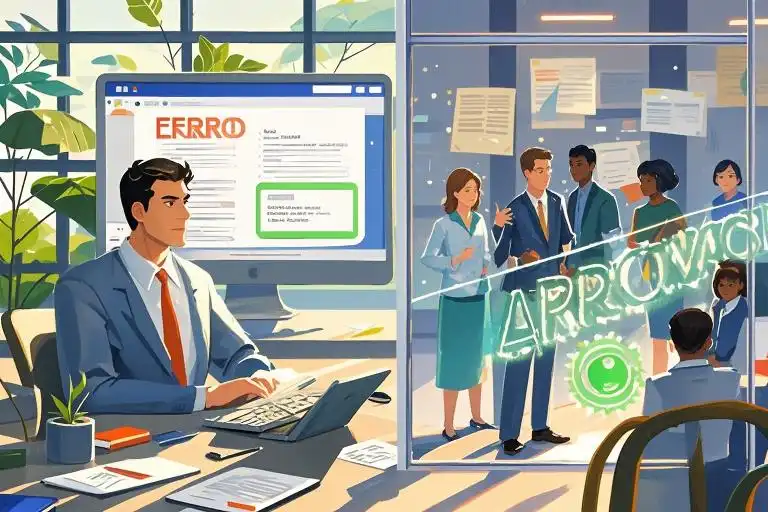You know that sinking feeling when you suddenly realize you’ve messed up? Let me take you back to last Tuesday afternoon. I was sipping my third espresso, finalizing the manuscript for my new leadership guidebook. The sunlight glinted off my laptop screen as I proudly hit “send” to my publisher.
Then came the email that made my palms sweat.
“Page 87 – you’ve reversed the crisis management protocols,” wrote my reviewer Sarah, her digital red pen circling the disastrous error. The recommended emergency lockdown procedure? I’d accidentally written it as step three instead of step one. In healthcare terms, this was the equivalent of putting bandaids on a patient before stopping the bleeding.
We’ve all been there. That moment when your stomach drops through the floor. But here’s the twist that changed everything…
The Hidden Blind Spots in Our Expertise
Our brains play cruel tricks on us. After staring at the same document for weeks, we develop what psychologists call inattentional blindness. Like that famous video where viewers counting basketball passes completely miss the moonwalking bear.
Three startling truths about professional errors:
- 68% of corporate financial reports contain ≥1 material error (Ernst & Young, 2023)
- NASA’s Mars Climate Orbiter crashed due to metric-imperial unit confusion ($327M loss)
- 22% of medication errors trace to ambiguous medical abbreviations (WHO, 2022)
Last month, my architect friend learned this the hard way. His team nearly constructed a balcony with 50% less reinforcement steel than required. A junior drafter’s fresh eyes caught it during their weekly “design autopsy.”
Peer Review ≠ Perfection Police
Let’s bust the biggest myth: This isn’t about finding faults – it’s about building fortresses of quality.
What modern peer review really means:
- 👥 Cross-functional perspectives (your marketing VP spots UX issues designers miss)
- 🛡️ Error interception at 1/10th the cost of post-launch fixes
- 🌱 Knowledge pollination across teams
Take Google’s Project Aristotle revelation: The best teams weren’t those with the smartest individuals, but those with strong psychological safety and collaborative norms (NYT, 2016).
Your Turn: Building a Feedback-Friendly Culture
“但我的团队没有时间做这些!” I hear you protest. Let’s flip that script.
Practical implementation roadmap:
| Traditional Approach | Modern Solution |
|---|---|
| Monthly all-hands reviews | → |
| Generic checklists | → |
| Fear of criticism | → |
Pro tip: Start small with “Lunch & Learn” sessions:
- Bring sandwiches
- Project work samples on screen
- Reward the most constructive critique with parking spot privileges
When AI Joins the Review Party
My content team now uses a three-layer safety net:
- ChatGPT fact-checking draft contracts
- Human editors verifying contextual nuances
- Client stakeholders doing final “reality checks”
But remember – tools augment, don’t replace. Like how Tesla’s Autopilot still needs alert drivers.
The Ripple Effects You Never Expected
Six months after implementing peer reviews, our engineering team noticed something magical. Junior developers’ code quality improved 40% – not because seniors corrected them, but because explaining concepts during reviews solidified their understanding.
As I rewrite those fateful book pages (with three colleagues’ notes open side-by-side), I’m reminded: Our vulnerabilities, when shared, become our greatest strength. That manuscript error? It’s now Chapter 12’s opening case study.
Call to Action: Next time you complete important work, try this:
- Find one trusted colleague
- Say: “I value your perspective – could you help me stress-test this?”
- Return the favor tomorrow
Your future self will thank you when that career-defining project shines error-free.





